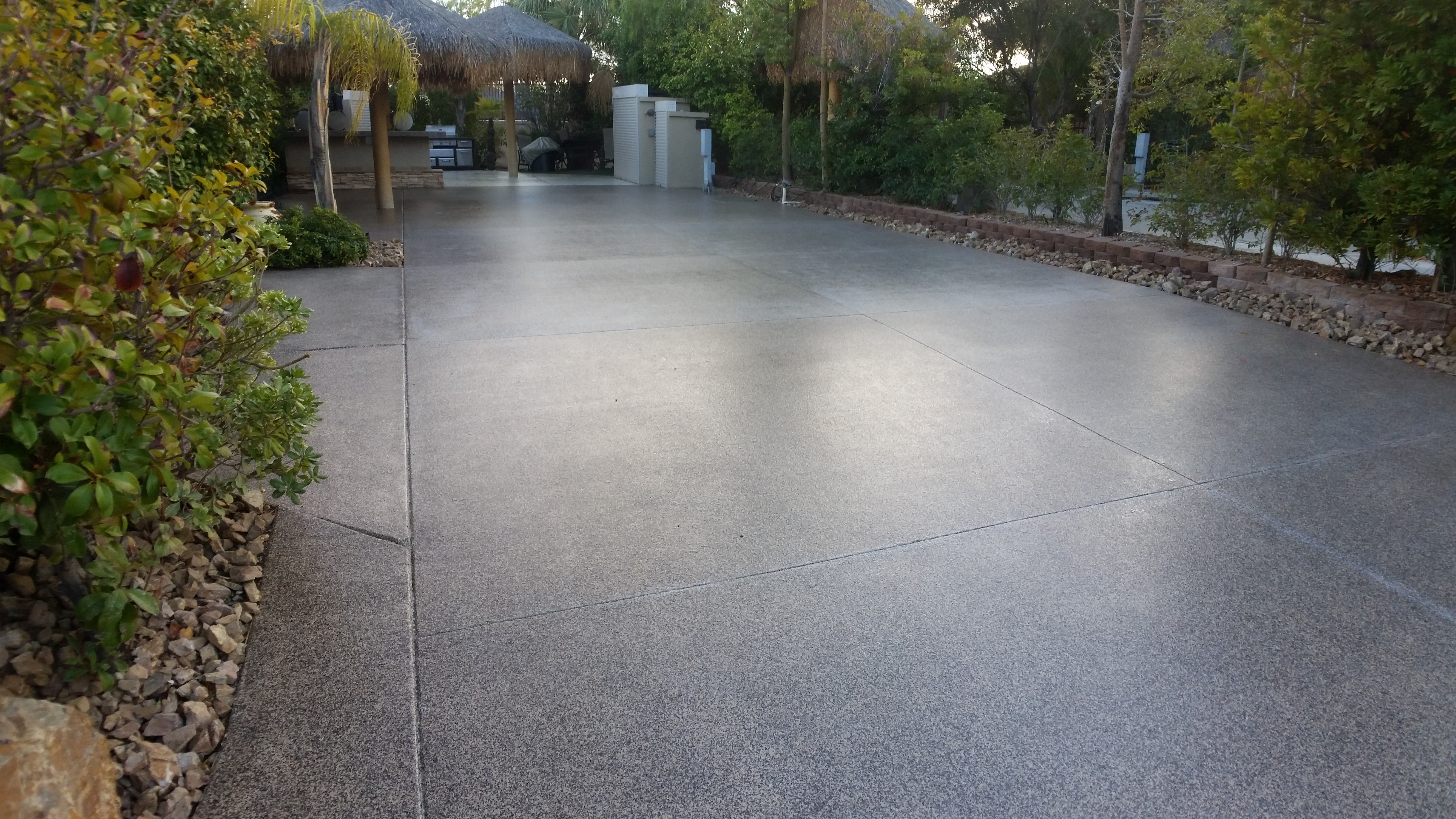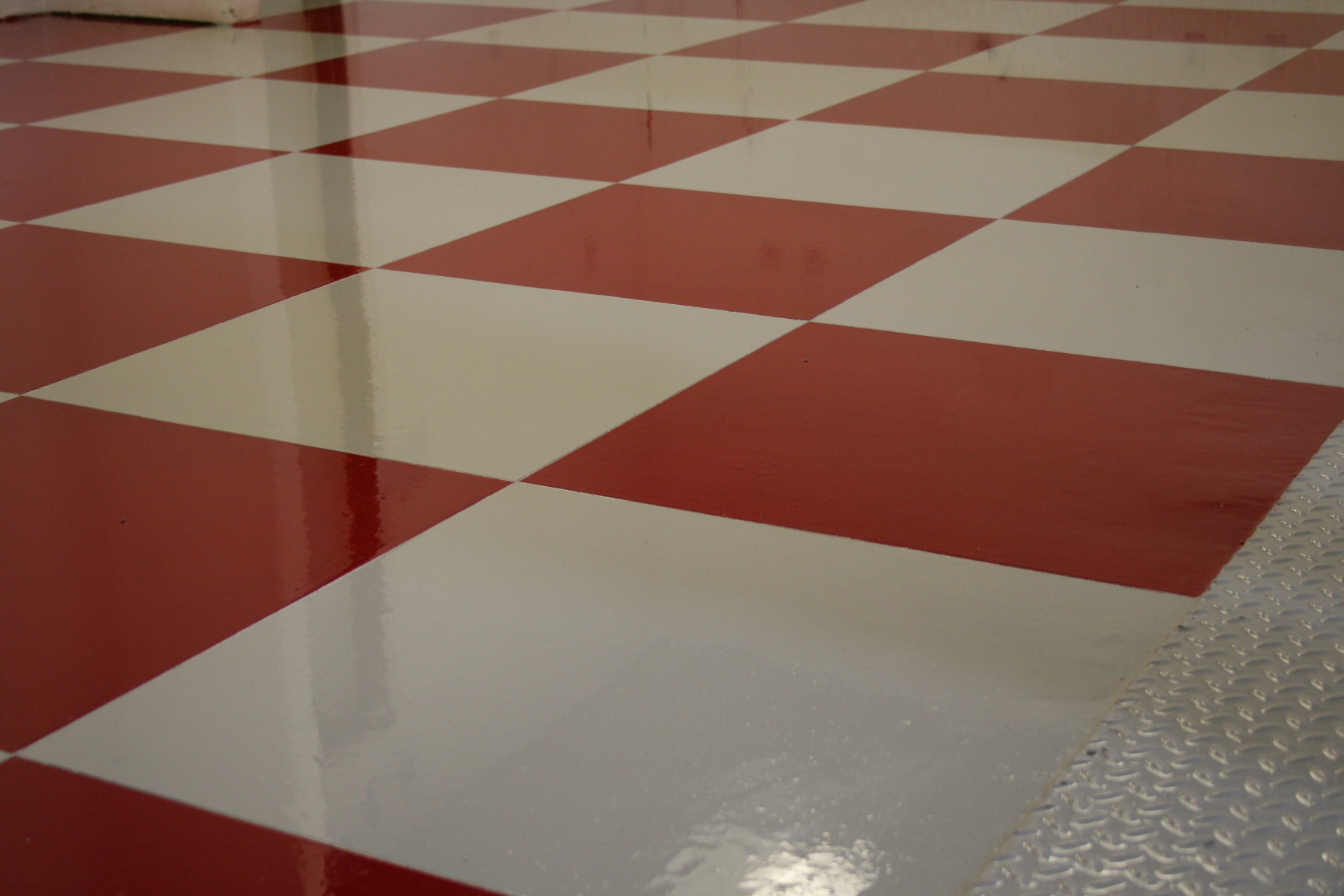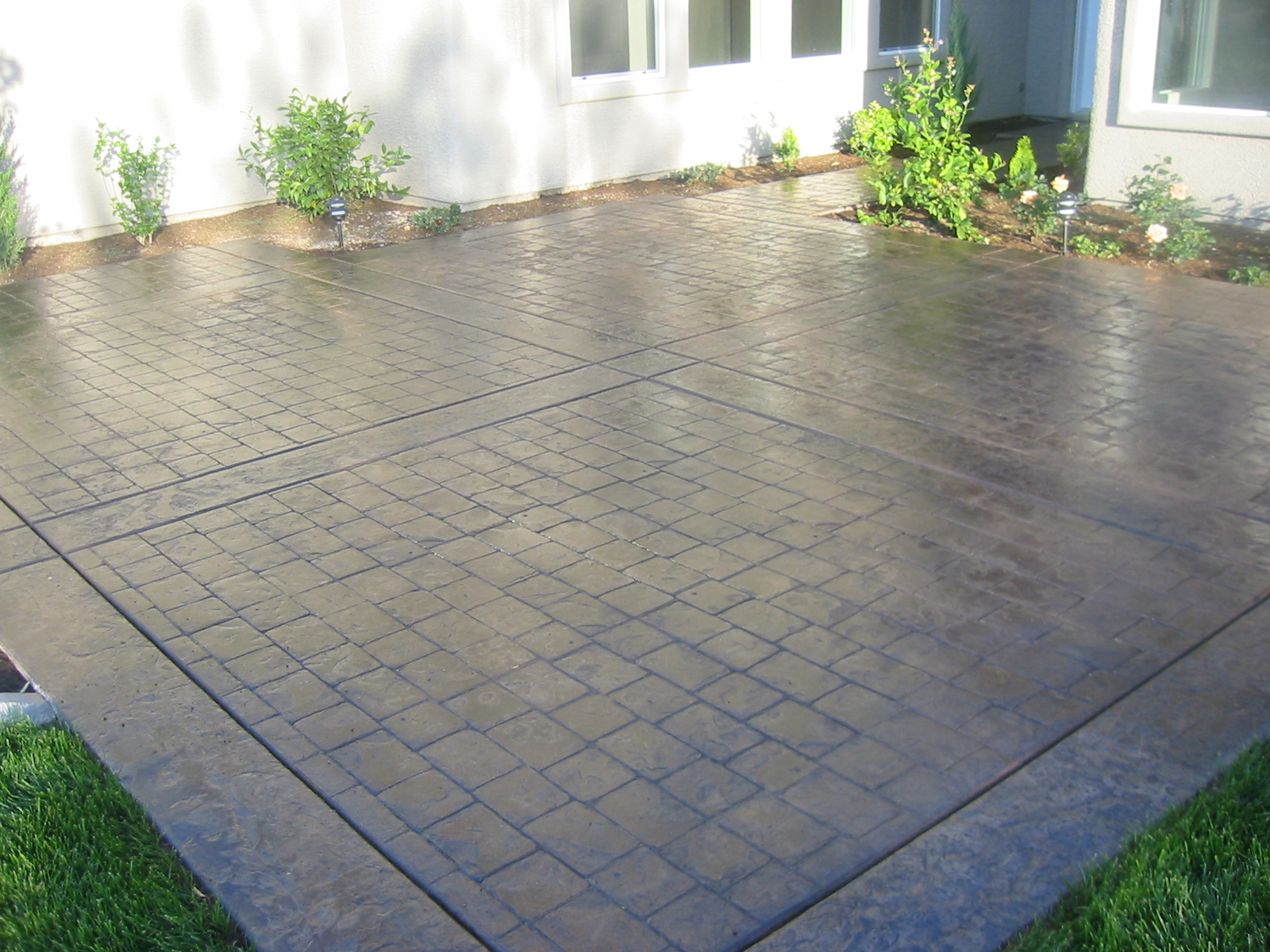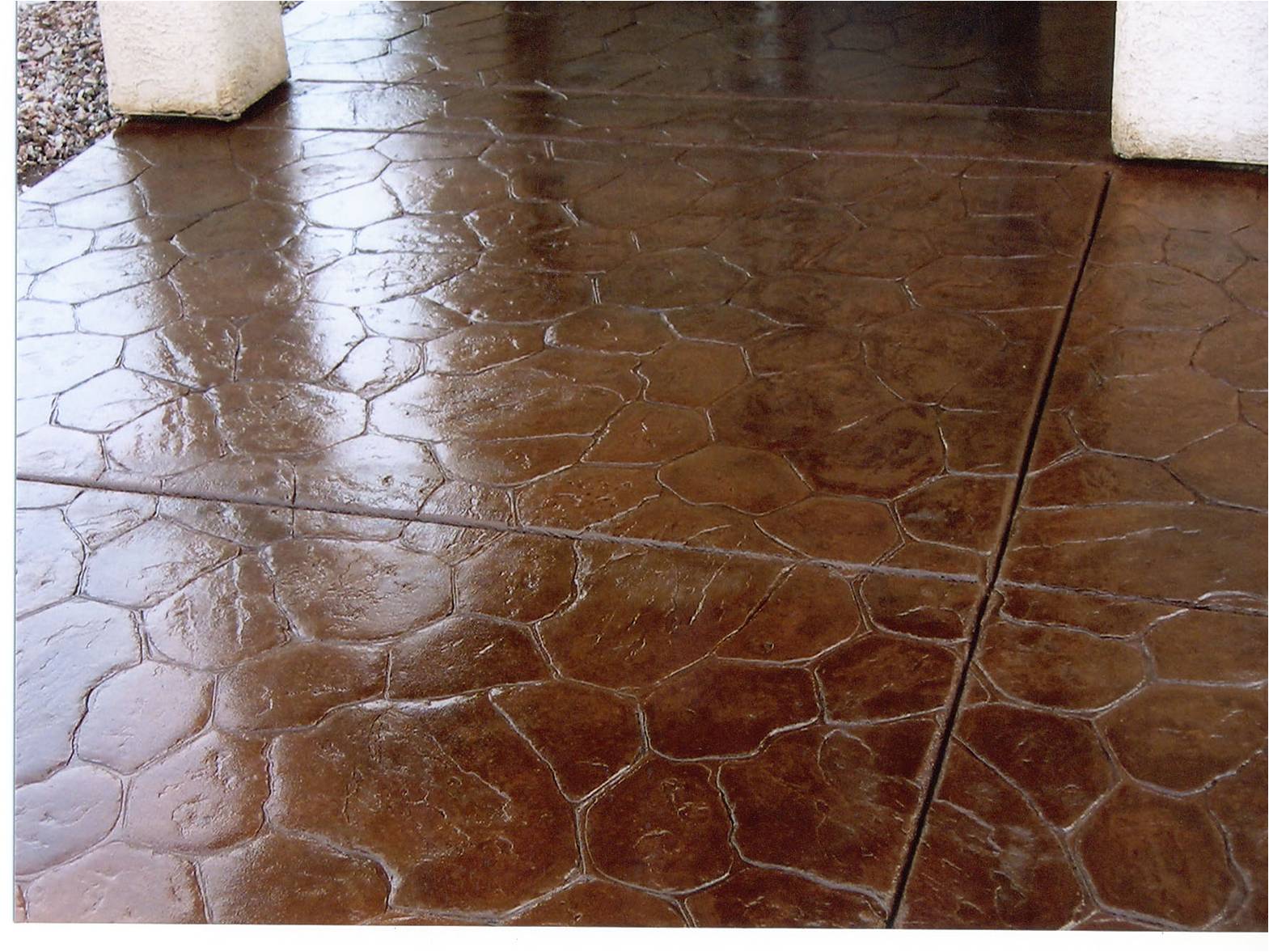
WHY SHOULD STAMPED CONCRETE BE SEALED?


Many home owners report that their concrete does not look as good as it first did, and indeed some concrete looses its looks and become cracked and dimples and rust stains. This look damages the […]

The preparation process of stamped concrete is exactly to that of traditional concrete except for colouration and patterns that are added to the surface of the material during the drying process. This provides a wider […]

If you are looking to add some character to your patio, you should look into a stamped concrete surface. This is a great way to set your patio apart from others, and make it the […]
Copyright © 2025 | MH Magazine WordPress Theme by MH Themes

It is essential for owners to seal their concrete upon installation or once every few years to ensure maximum quality. Additional slip-resistance may be selected for your concrete, but this is usually not required since the concrete is already textured. You can choose from vibrant hues and glossy overlays as preferred. Owners can select from a wide range of gloss levels. If necessary, choosing a tint to your sealer can really bring out the color of your concrete and prevent a build-up of whitish residue in a process known as efflorescence.
People living in colder parts of the world can also benefit from a sealer as they reduce damage from cold weather, which usually arise in the form of freeze thaw damage. This phenomenon causes cracks on the surface and destroys layers, leading to water leaks. Sealing will prevent water from entering any cracks found on the concrete. But remember, the greater the traffic upon your concrete, the greater the necessity of resealing it.
Sealers will improve the look and durability of your stamped concrete. Always ensure that the hired professional who does the sealing, chooses the appropriate materials for each project. For example, a poolside service might require anti-slip elements, also, outdoor concrete should be treated with sealers that promote “breathability” to allow air and moisture to pass through. The entire process usually takes about a 27 days to a month for newly stamped concrete.